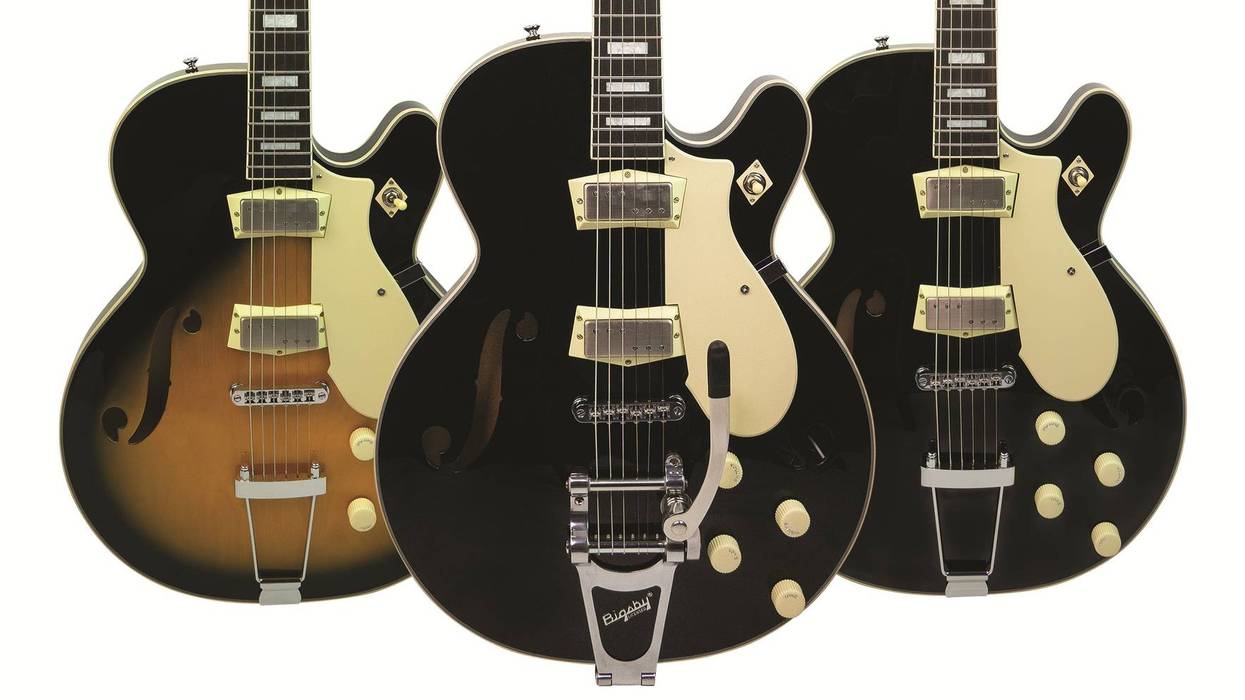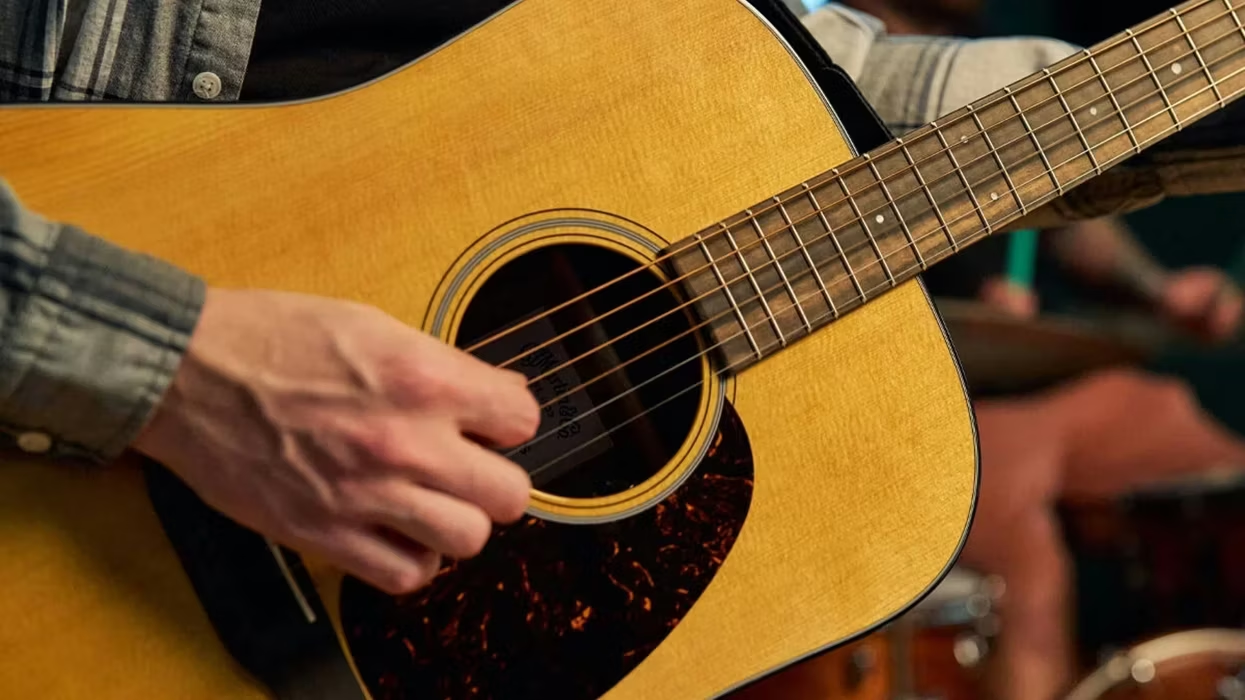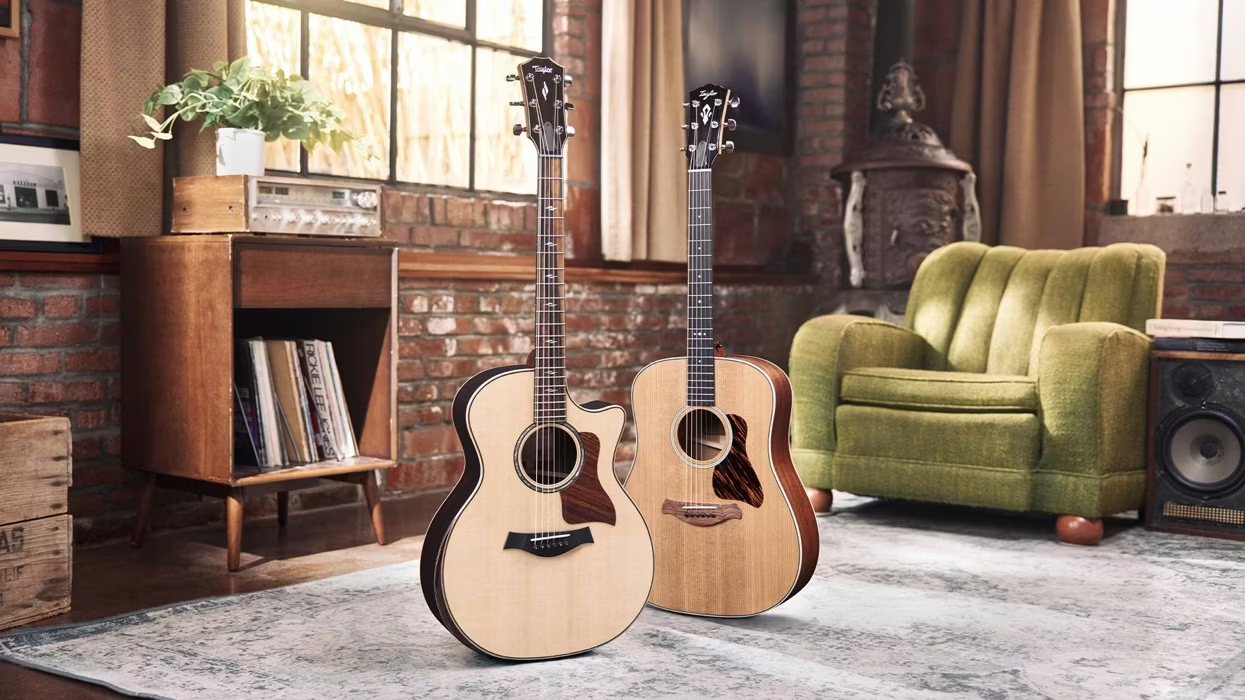Photo 1 — photo courtesy of slingerstraps.com
In my previous column, we explored how and why playing bass can create back pain, especially if the instrument is heavy and unbalanced (“The Gravity of Back Pain”). We saw how easy it is to determine an axe’s center of gravity and riffed on a few strategies for dealing with an unwieldy instrument. Let’s continue investigating this subject and look for more ways to avoid or reduce back pain beyond buying a wide “comfort” strap. Some of these systems are intended to help reduce back pain, while others are designed to get your instrument into a desired playing position.
When fighting neck heaviness, it’s obvious that moving the upper strap button is the way to go. The simplest idea is to attach the strap at the headstock, as many acoustic guitarists do. The instrument will no longer be neck heavy, but there’s a price. For starters, the significantly modified hanging position places your plucking hand further away from your body. Also, having your bass dangling in front of you can leave you feeling very unconnected with your instrument. This loss of connection is mainly due to the strap’s increased length. And if you let go of the bass, there’s a slight tendency for it to flip over—not good.
But other alternatives exist. For example, there are several systems that add one or more vertical straps to the classic two-point version. While some (not all) of these are successful in balancing the weight on both shoulders, they always change the way the instrument hangs, forcing you to adapt to a new playing position. That’s why some manufacturers incorporate additional horizontal chest straps to hold the instrument in place. Unlike the headstock-attached acoustic guitar variant, these straps are very short, and this creates a stronger sense of connection to the instrument.
desired playing position.
Yet there are drawbacks to the multi-strap systems: They’re harder to adjust and put on, and they make it tough to shift your playing position. And when you remove your instrument, you’ll look like a mountaineer who has strayed off course! Even if these multi-strap systems cure the problem of neck-heaviness for most players, the rotational forces we discussed in the previous column remain, and a stressed and sensitive back may not like that at all.
Instead of trying to secure a two-point system, consider a one-point connection that doesn’t use any of the traditional strap buttons, but adds a new one right at the center of gravity—or better yet, even a bit toward the neck to create a slightly upward playing position.
Not everyone wants to screw a new mounting plate with a strap button to the back of a prized bass, so several manufacturers offer non-destructive ways to attach a single-point system. Some of these variations use a sucker head or double-tape Velcro to connect the bass to the strap. You’ll need to decide for yourself whether such an approach will work to securely hold a heavy bass for the duration of a long (and possibly energetic) gig. Perhaps like me, you’d prefer to trust a solid, wood-mounted screw with this job.
Deliberately mounted, a single-point system should yield a perfect hanging position, although your plucking hand will be slightly off-center from your body, and you won’t feel quite as connected to the bass as with a two-point system. The single-point system is back mounted, which creates a tendency for the bass to flip over, but you can easily counteract this by attaching the button higher and closer to the body’s edge.
Photo 2 — photo courtesy of slingerstraps.com
While we’re at it, it’s worth mentioning the Boomerang strap system from the creative mind of Ned Steinberger. This back-mounted system has a one-point connection, a pivoting friction hub, and two adjustable arms that attach to a classic strap. The idea here is less about fighting back pain, but rather about letting you freely rotate the instrument to several playing positions.
So what about back pain? One obvious way to successfully reduce it is to not rest any weight at all on the shoulders. A cousin of our bass, the Chapman Stick, is held by resting the instrument’s complete weight on a hook that slips behind your belt. A small neck strap keeps the instrument in balance. Two-handed tapping usually requires a more vertical fretboard position, and Emmett Chapman’s system brilliantly accommodates this technique. This type of attachment doesn’t serve some bass styles—slapping, for example—but it radically relocates weight off the shoulders.
In these days of tight jeans, not everyone uses a belt, and some players also prefer to keep the functionality of their trousers strictly separate from their 12-pound bass. Which brings us to special waist belts (Photo 1) that are designed to hold the instrument in position while resting all its weight on your hips. A potential drawback: This approach requires adding another strap button, typically located on the lower horn, as shown in Photo 2.
Of course, this solution will only work if your bass has a long enough lower horn to fight neck-heaviness. But if it does, and you’re plagued by severe back pain, adding one more strap button should be a no-brainer. A waist belt offers one of the few ways to free your shoulders from the instrument’s weight.



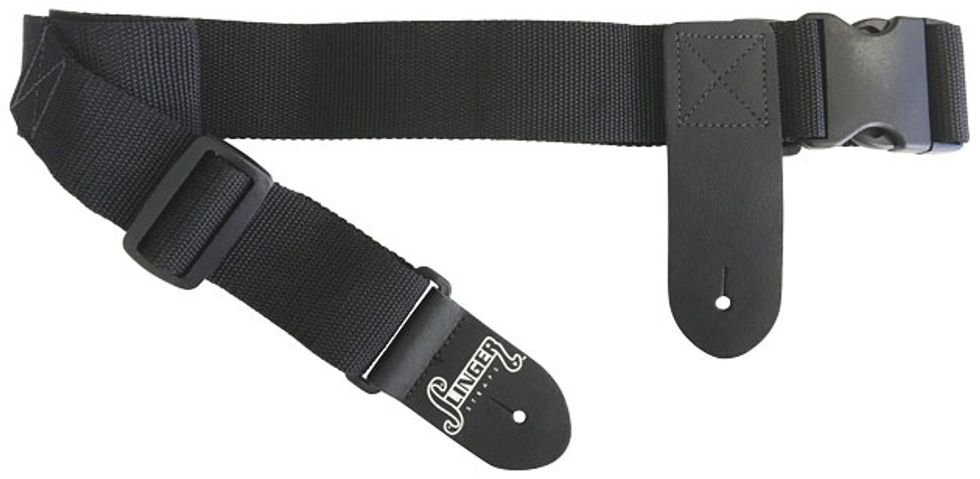
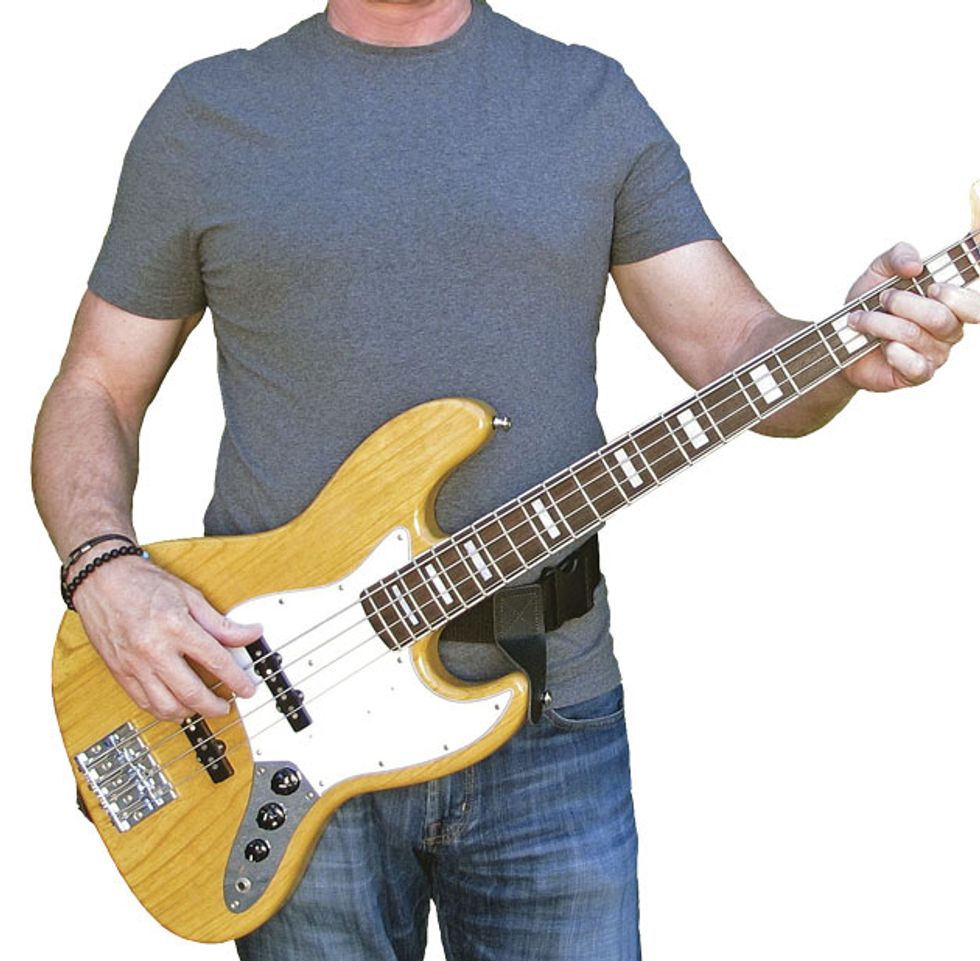

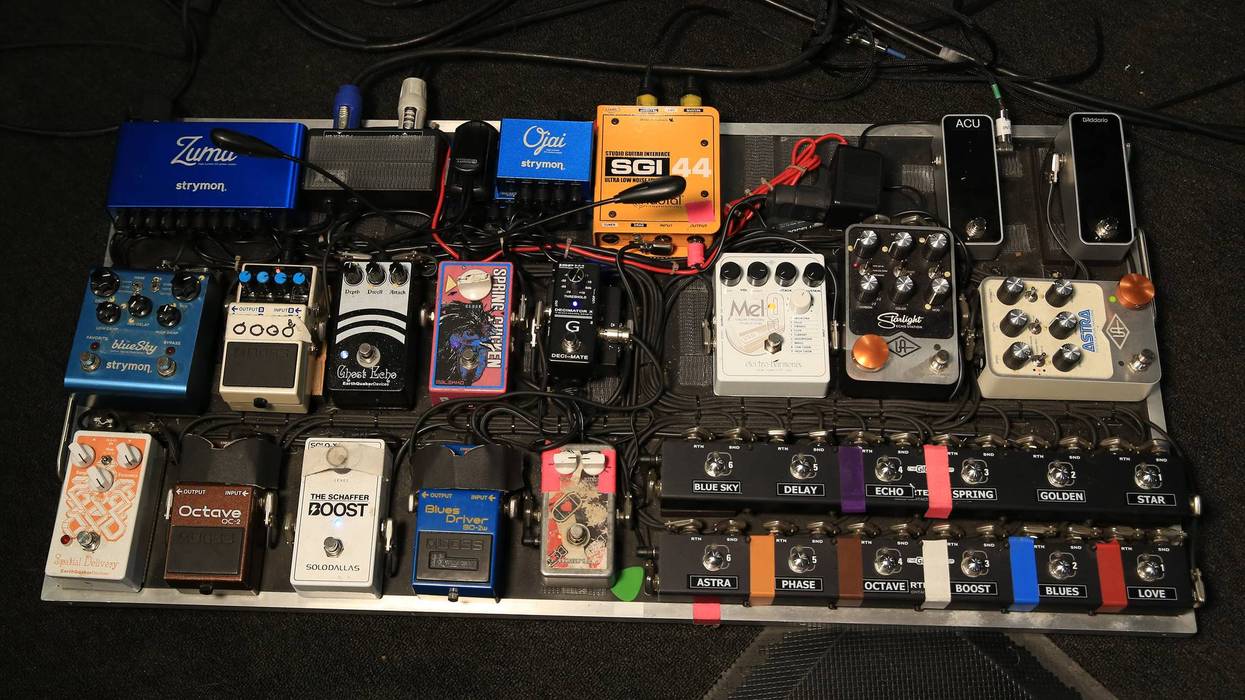
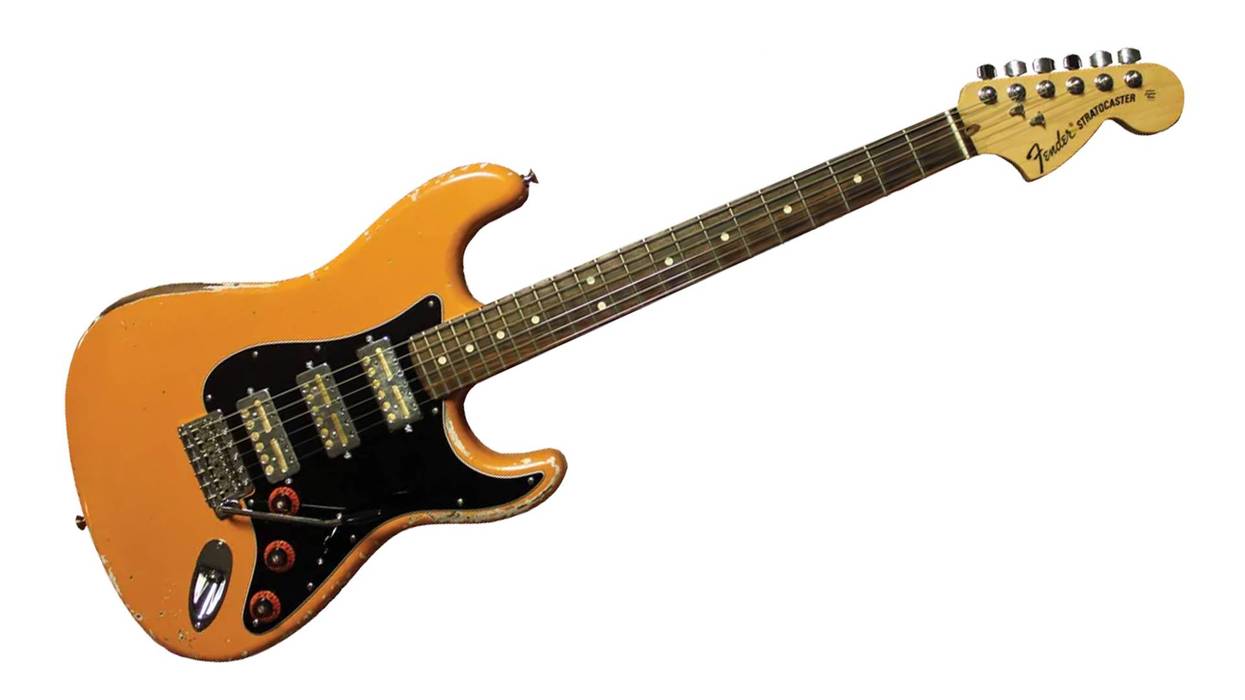
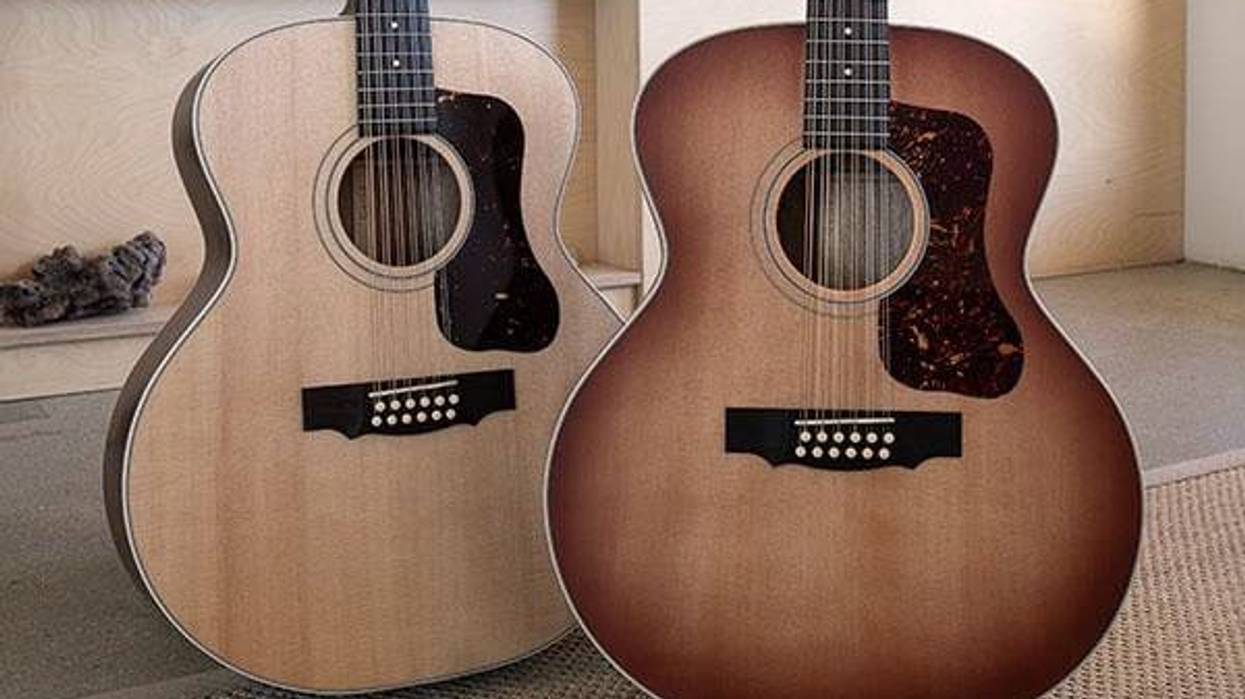
![Rig Rundown: AFI [2025]](https://www.premierguitar.com/media-library/youtube.jpg?id=62064741&width=1245&height=700&quality=70&coordinates=0%2C0%2C0%2C0)












 Shop Scott's Rig
Shop Scott's Rig

